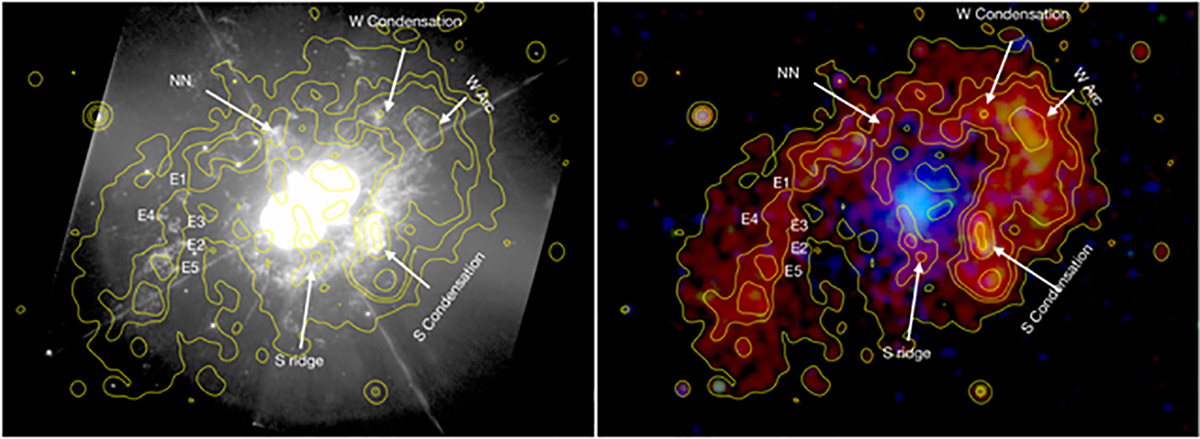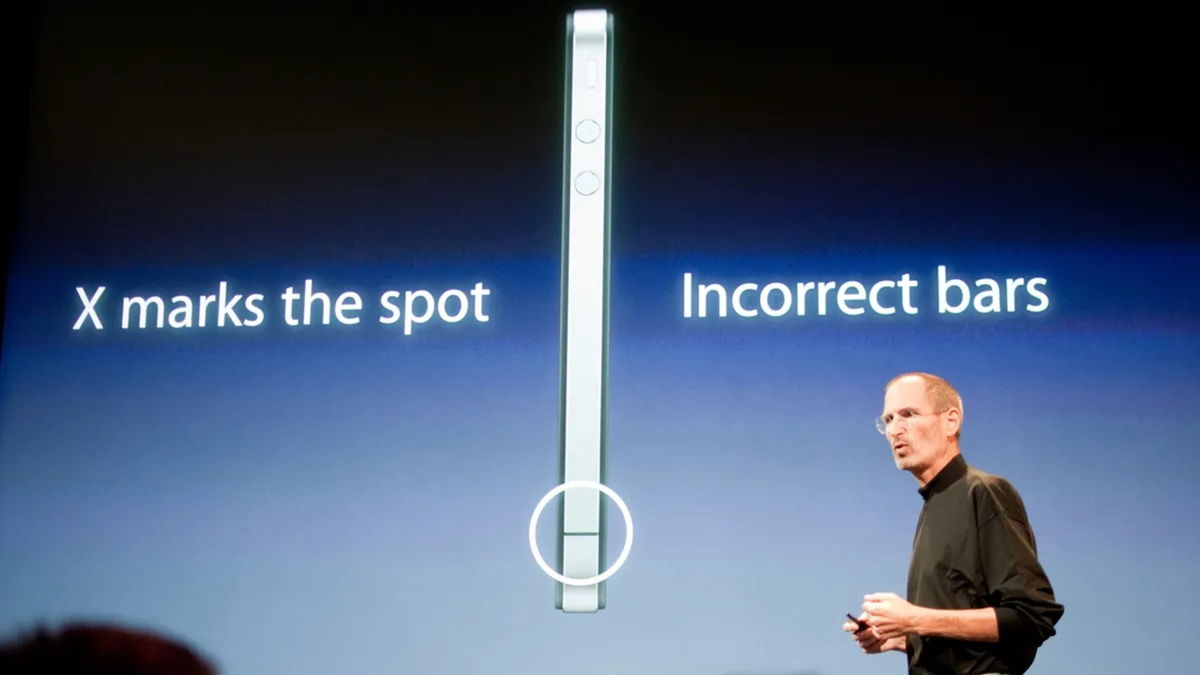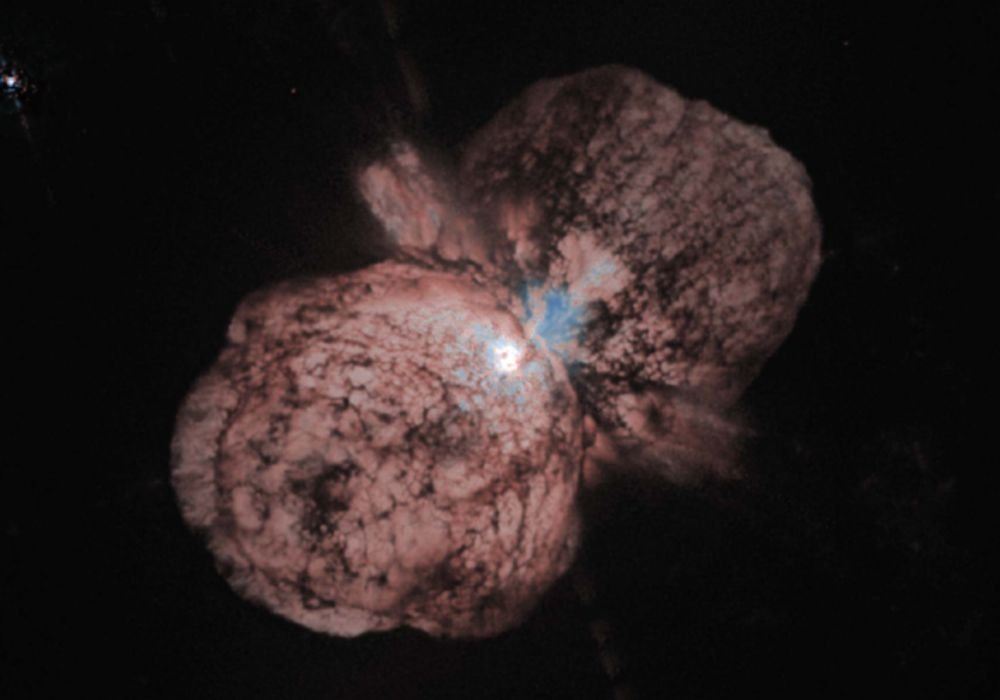NASA recently published a video time is passingand about the explosion of the star Eta Carinae, one of the most iconic astronomical events ever recorded.. Considered one of the largest and brightest stars in the universe, this celestial entity has been in the spotlight due to its unique properties and unpredictable variations.
By making a short film with images obtained by the Chandra The explosion known as the Big Bang, seen from Earth in the 1840s.
In addition to Chandra, astronomers also used data from the European Space Agency’s (ESA) XMM-Newton space observatory. The aim was to observe how a star explosion that occurred 180 years ago continued to expand through space at impressive speeds. It can reach 7.2 million kilometers per hour.
What is the star Eta Carinae?
Eta Carinae is actually not one but two big stars. The smallest is between 30 and 80 times the mass of the Sun, while the largest is currently supposed to be between 90 and 100 solar masses. This makes this binary system one of the largest in our galaxy.
The Big Bang, caused by the interaction between two stars, led to a peak in brightness, making the system the second brightest in the night sky, behind the giant Sirius.
The star that “survived” a unique explosion
Based on gas clumps observed by NASA’s Hubble Space Telescope, the study concluded that the actual eruption of Eta Carinae may have occurred sometime between 1200 and 1800, long before 1843. The shock wave then crossed space, collided and heated its clusters, reaching 1843. Millions of degrees, until it forms and passes the bright X-ray emitting ring.

XMM-Newton observations revealed that Eta Carinae’s X-ray brightness has decreased over time. To estimate the true brightness of Eta Carinae at the time of the Big Bang, the authors measured how fast the high-velocity gas was ejected. To do this, they evaluated the speed of the material shown in the film over time.
The combination of information about the gushing gas showed that the Big Bang was actually two explosions; one was first and fast (with a small amount of gas), the other was slower with a dense cloud of gas called the Homunculus. Nebula. “All evidence indicates that Eta Carinae survived an explosion normally powerful enough to destroy a star.”concludes co-author Nathan Smith.
Stay up to date with astronomy news at TecMundo. If you wish, take the opportunity to learn how to find out what the stars are made of.
Source: Tec Mundo
I’m Blaine Morgan, an experienced journalist and writer with over 8 years of experience in the tech industry. My expertise lies in writing about technology news and trends, covering everything from cutting-edge gadgets to emerging software developments. I’ve written for several leading publications including Gadget Onus where I am an author.












